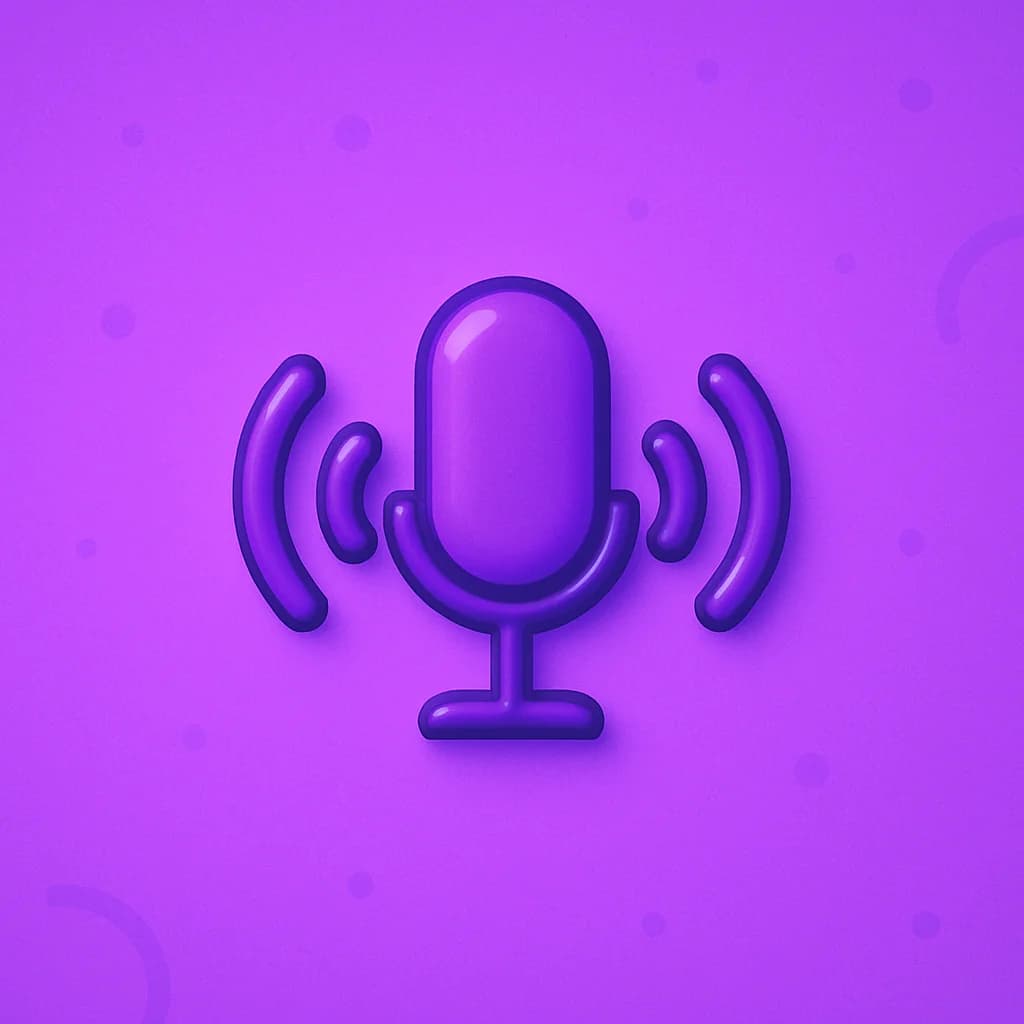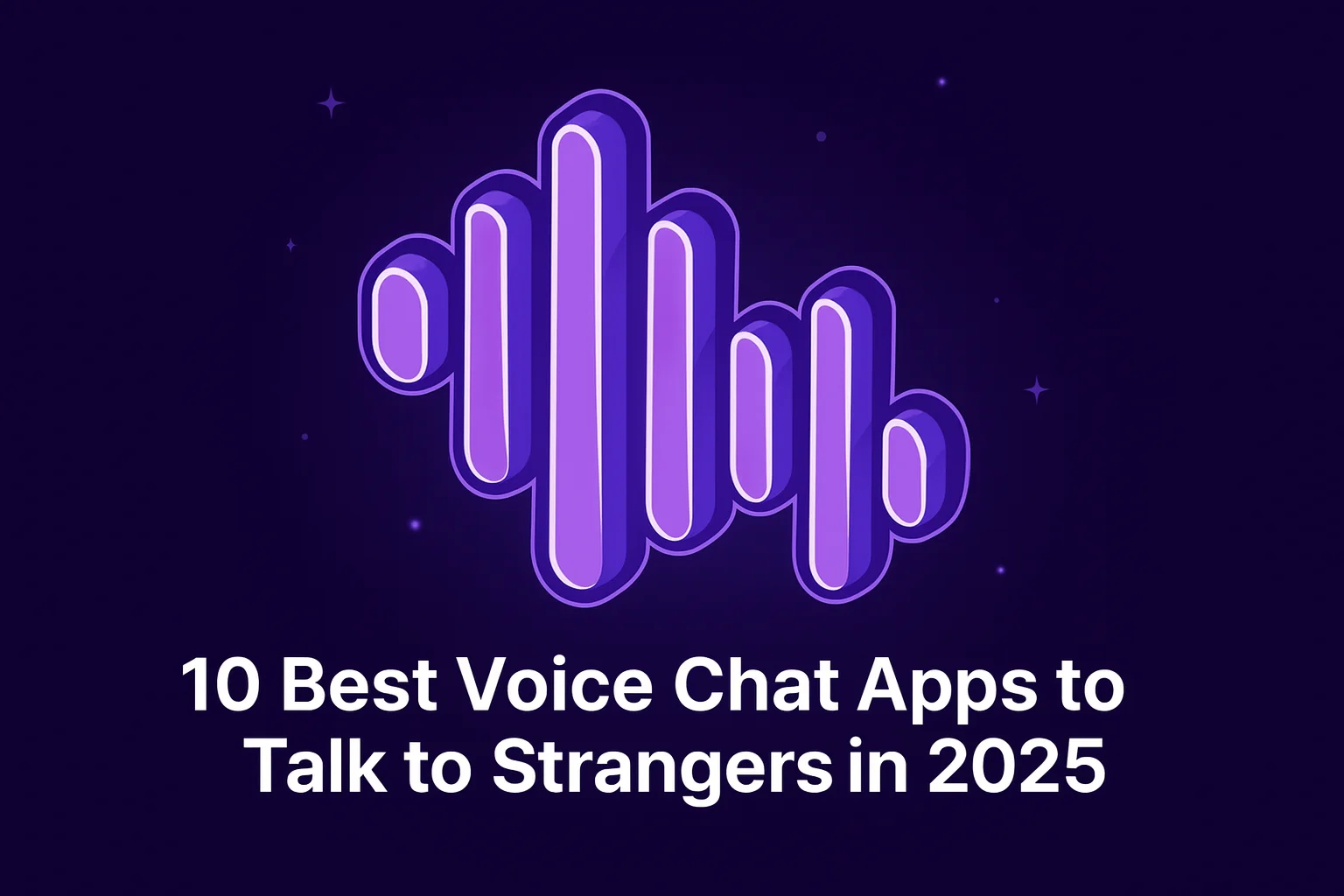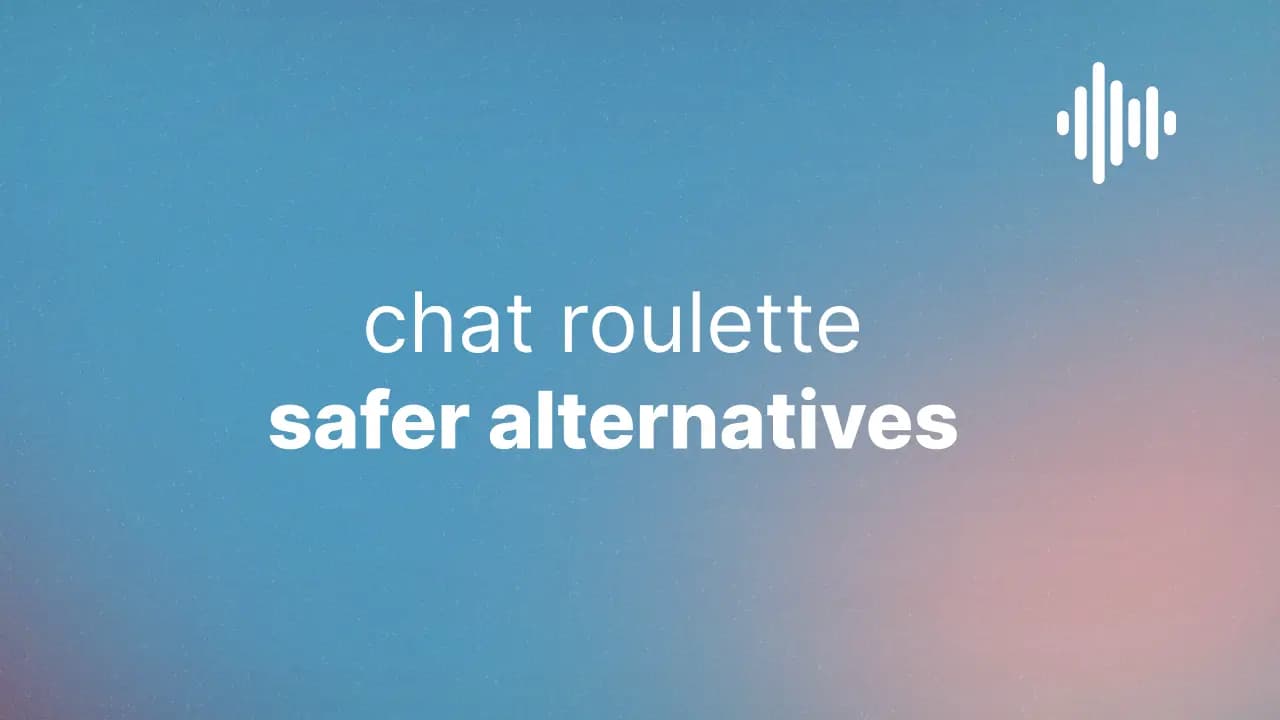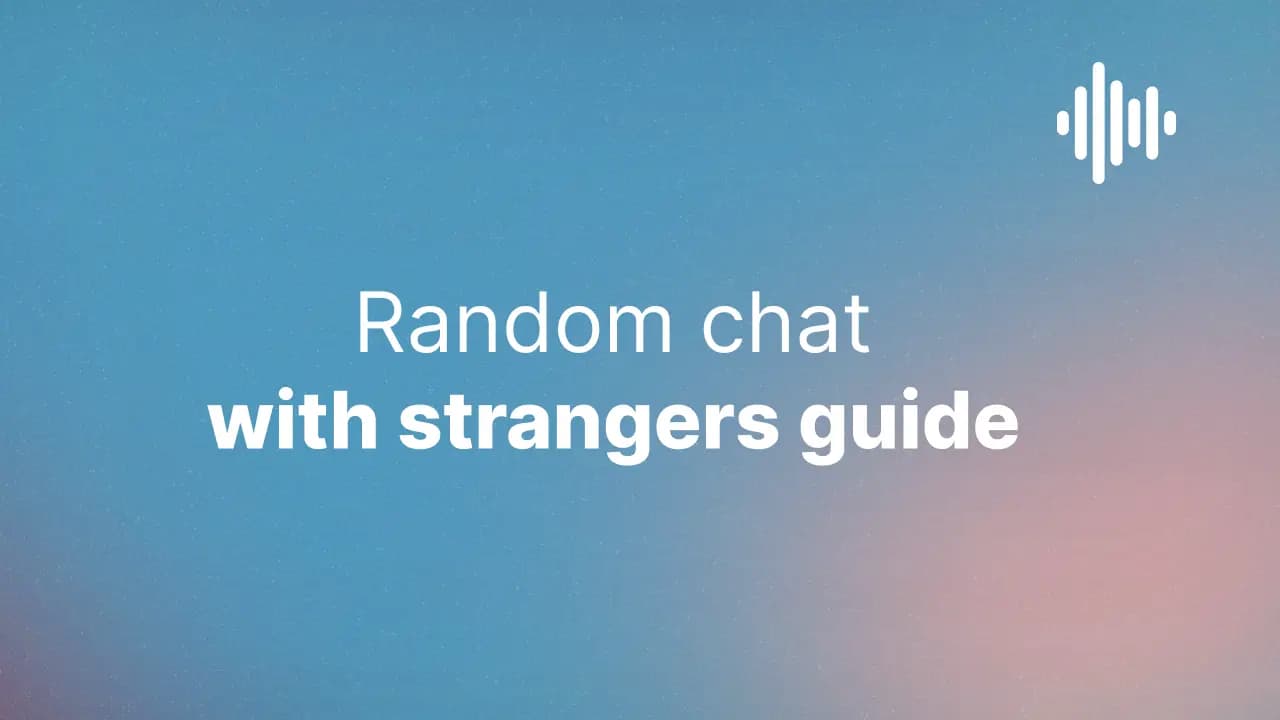Summary
Whisperly is an anonymous voice chat app designed for instant, human conversations without video pressure or profiles. This pillar guide explains what voice chat with strangers is, why people prefer voice over text, how Whisperly works (simple, anonymous, safe, instant), safety best practices, alternatives for comparison, and where voice chat is heading next. It also includes research-backed context on human connection through voice, online communication trends, and social media fatigue.
Table of Contents
- What Is Voice Chat with Strangers?
- Why People Prefer Voice over Text
- Is Anonymous Voice Chat Safe?
- How Whisperly Works
- Alternatives to Whisperly
- The Future of Voice Chatting
- Sources
What Is Voice Chat with Strangers?
Voice chat with strangers means meeting new people through real‑time audio—no camera required, no public profile needed. Compared to text, voice carries tone, timing, and emotion that help two people feel present with each other, fast. Many choose anonymous voice chat to lower pressure and keep privacy intact while still getting the warmth of a real human voice.
On Whisperly, you enter a lightweight, voice‑only space designed for ease and comfort. You can talk to strangers by voice for a few minutes or longer, then leave with a tap. No feeds. No performance. Just conversation.
Why People Prefer Voice over Text
Text is efficient for tasks. Voice is better for people. Here’s why users increasingly prefer voice chat online when meeting someone new:
- Emotion and nuance: Voice conveys tone, pauses, and energy that text strips out, making connection feel genuine and quick.
- Lower social pressure than video: No camera means no instant appearance judgments or background anxiety.
- Faster than typing: Speaking is naturally faster than writing, so conversations flow.
- More human: Laughter, sighs, and silence all carry meaning—and help two strangers sync.
| Factor | Voice‑only | Text‑only |
|---|---|---|
| Emotional signal | High (tone/pace) | Low (emoji as proxy) |
| Anxiety/pressure | Low (no camera) | Low‑medium (slow, easier to overthink) |
| Speed | Fast (natural speech) | Slower (typing) |
| Authenticity | High (immediacy) | Medium (crafted) |
Why not default to video?
Video adds instant appearance judgments and performative pressure. A voice chat app keeps the focus on conversation first. If both people want to, video can come later—by choice, not by default.
Is Anonymous Voice Chat Safe?
It can be—when the product is built for it. Whisperly’s approach to anonymous voice chat focuses on privacy and control:
- Low exposure by design: No public profiles, no feeds, no default video.
- Simple controls: Easy block, mute, and leave.
- Safety culture: Clear rules and human‑centered design reduce bad incentives.
Practical safety tips
- Do not share personal details or live location.
- Use headphones and be mindful of background audio.
- End calls that feel off; you owe nobody your time.
How Whisperly Works
Whisperly is built to feel instant and calm. Four principles guide the experience:
- Simple: Join, talk, leave. Start as a guest—no email required.
- Anonymous: No public identity required. Create an account later if you want to add friends.
- Safe: Voice‑first, consent‑gated video only if both agree.
- Instant: Tap to connect and start talking.
Why this is better than text rooms
- Less posturing: Without profiles and metrics, people act like people.
- Less fatigue: Real conversation beats infinite scrolling.
- More connection: Warmth travels through voice.
Try a conversation tonight
Looking for low‑pressure audio chat with strangers? Join a voice room and say hello.
Start Chatting NowAlternatives to Whisperly
Some people try other apps before finding what works. Here’s a quick look for context—not promotion:
- Omegle (archived): Classic roulette; video‑first; widely criticized for safety issues.
- Wakie: Topic‑based calls; not anonymous by default.
- Airtalk: Random calls; variable quality.
- Discord: Interest‑based servers; good voice channels if well moderated.
Whisperly differs by centering voice‑first, anonymous, and safety‑minded design with consent‑gated video only if both people want it.
The Future of Voice Chatting
We are moving from performance feeds to presence. As social media fatigue grows, lightweight voice spaces feel refreshing: fewer likes, more listening. Expect better moderation tools, crisper audio, and optional reputation signals that do not trade privacy for safety.
Trends to watch
- Voice over feeds: People want conversation, not algorithms.
- Privacy‑centric defaults: Less data, more control.
- Human signals: We still crave real voices in an AI‑heavy world.
Sources
- Wikipedia — Paralanguage (vocal cues add meaning)
- Pew Research — Social Media Fact Sheet
- Statista — Social media usage worldwide
Looking for newer options? Check our updated list of 10 Best Omegle Alternatives (2025).
FAQ
Is Whisperly truly anonymous? What data do I share?
Whisperly minimizes exposure: no public profiles or feeds, and no default video. Share only what you say in the moment; leave with a tap.
How is voice safer than random video chat?
Voice removes visual exploitation vectors and lowers performance pressure. With consent-gated video and simple controls, you stay in control.
Can I try it without creating an account?
Yes—fast entry is part of the design. Join, talk, and leave. If you enjoy it, return anytime.
Any quick tips for a good first conversation?
Keep it light, be curious, and use headphones. End early if it is not your vibe—low pressure is the point.



